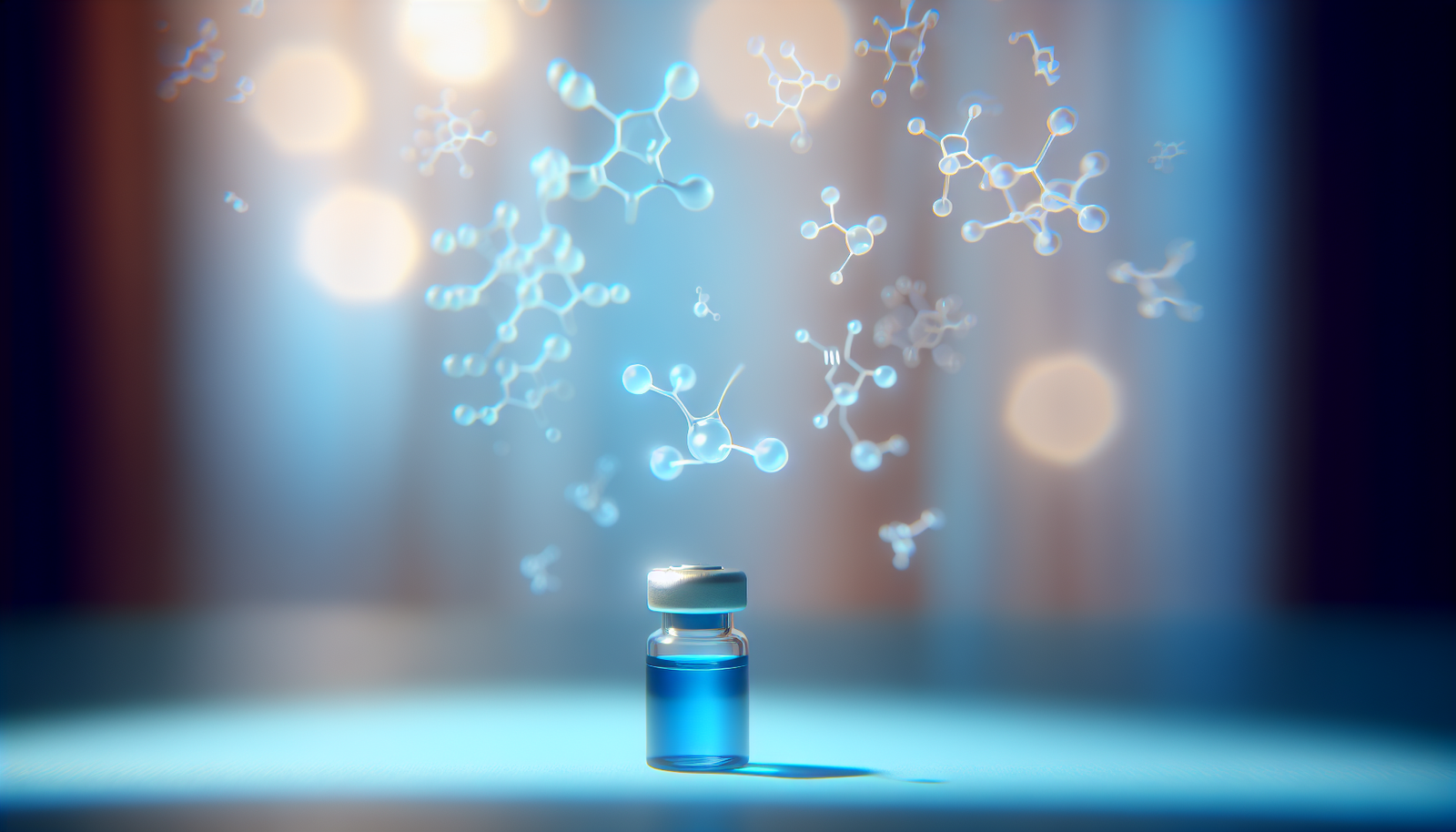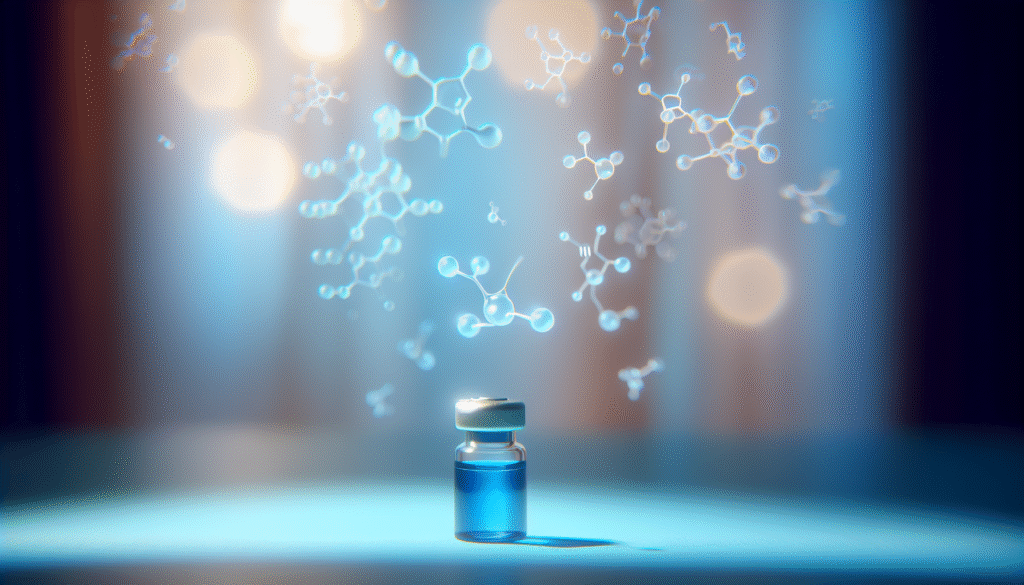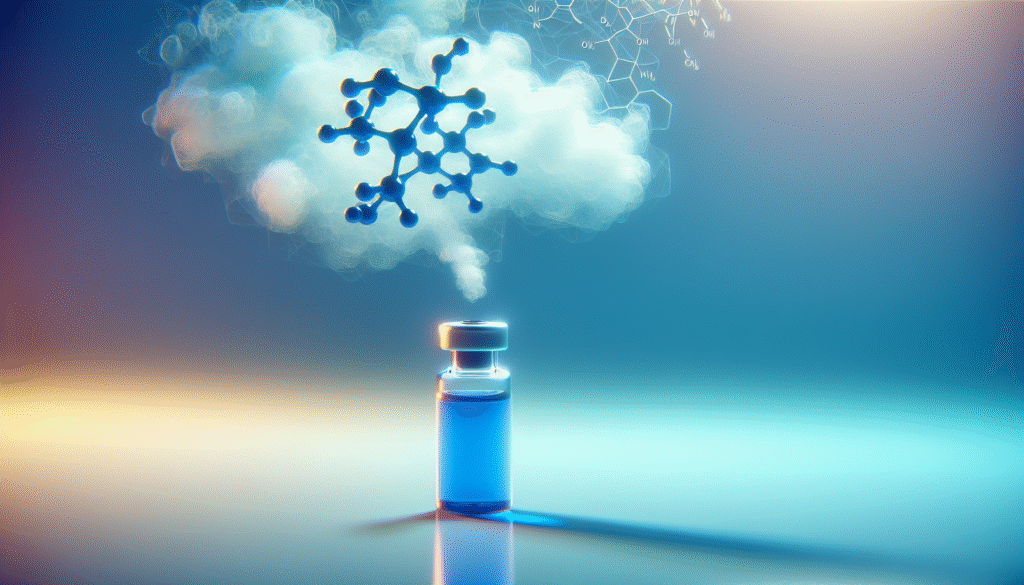
Have you ever wondered how a simple blue dye could hold the key to improving mood and influencing neurotransmitter activity?
Understanding Methylene Blue
Methylene blue, a synthetic dye, was initially developed in the 19th century for use in fabrics. However, its applications have extended far beyond textiles. In the medical field, it has emerged as a valuable agent in various therapeutic contexts, particularly in relation to mood disorders and neurotransmitter modulation.
Historical Context
Historically, methylene blue has been utilized in treating methemoglobinemia, a condition where hemoglobin is unable to release oxygen effectively. This compound’s unique properties were recognized, leading to its investigation for various neurological applications.
Chemical Structure and Function
Methylene blue’s chemical structure is that of a heterocyclic aromatic compound, which allows it to engage in various redox reactions. This redox capability is crucial for its role in cellular respiration and energy production. By facilitating electron transport, methylene blue influences mitochondrial function, which can have downstream effects on neuronal health and function.
Mechanism of Action
Understanding how methylene blue affects neurotransmitters requires an exploration of its mechanisms.
Mitochondrial Function
Mitochondria, often referred to as the powerhouses of the cell, are critical for producing ATP. Methylene blue enhances mitochondrial activity in several ways. It acts as an artificial electron carrier, bypassing dysfunctional segments of the electron transport chain. This action not only increases ATP production but also promotes optimal cellular function, which is essential for maintaining mood and cognitive health.
Neurotransmitter Influence
Methylene blue has shown the ability to influence several key neurotransmitters that play a role in mood regulation.
Serotonin
Serotonin, often referred to as the “feel-good” neurotransmitter, is fundamentally involved in mood regulation. There is evidence suggesting that methylene blue can increase the availability of serotonin in the synaptic cleft, thereby promoting feelings of well-being and reducing anxiety.
Dopamine
Dopamine, the neurotransmitter associated with reward and pleasure, also benefits from methylene blue’s actions. By promoting more efficient neurotransmission and potentially increasing dopaminergic activity, this compound elevates motivation and mood.
Norepinephrine
Methylene blue’s impact on norepinephrine, a neurotransmitter related to stress response and arousal, can alter mood dynamics significantly. Enhanced norepinephrine signaling might result in improved focus and energy levels, crucial in managing feelings of fatigue or depression.
GABA (Gamma-Aminobutyric Acid)
GABA serves as the primary inhibitory neurotransmitter in the brain, counterbalancing excitatory signals. Methylene blue’s interaction with GABA systems could facilitate improved relaxation and stress reduction, further contributing to overall mood enhancement.

The Role of Oxidative Stress
Oxidative Stress and Mood Disorders
Oxidative stress arises from an imbalance between free radicals and antioxidants in the body. This condition has been linked to several mood disorders, including depression and anxiety. Methylene blue has antioxidant properties that can mitigate oxidative stress, thereby potentially reducing the risk of these disorders.
Mechanisms of Antioxidant Action
Methylene blue scavenges free radicals directly and enhances the body’s endogenous antioxidant defenses. By doing so, it helps protect neuronal tissues from damage, supporting overall brain health and mood stability.
Clinical Research and Applications
Neurodegenerative Diseases
Studies have indicated that methylene blue may have neuroprotective effects in conditions such as Alzheimer’s and Parkinson’s diseases. By enhancing mitochondrial function and reducing oxidative stress, it may help preserve cognitive function, directly impacting mood.
Depression and Anxiety Disorders
Research has explored the potential of methylene blue in treating depression and anxiety disorders. Some clinical trials have reported positive results, showing that it can significantly decrease depressive symptoms and promote a more stable mood.
Dosage and Administration
While methylene blue shows promise, it is essential to consider appropriate dosages and forms of administration. Typical formulations available include injectable and oral forms. Clinical guidelines suggest starting with low doses to gauge individual responses, as the efficacy can vary.

Potential Side Effects and Considerations
Common Side Effects
While generally considered safe, methylene blue can cause side effects in some individuals. Common side effects include:
- Nausea
- Dizziness
- Staining of the urine (blue or green)
- Allergic reactions in rare cases
Contraindications
Caution is advised if you are taking certain medications, particularly those affecting serotonin levels (e.g., SSRIs). The combination may lead to serotonin syndrome, a potentially life-threatening condition.
Conclusion: The Future of Methylene Blue Research
Methylene blue represents a multifaceted compound with promising implications for neurotransmitter modulation and mood enhancement. As research continues to unfold, it’s crucial to consider both the therapeutic potential and the limitations associated with its use. Collaboration among researchers, clinicians, and patients will pave the way for its optimal use in mental health care.
Through informed and mindful application, methylene blue could emerge as a significant player in revolutionizing how we understand and treat mood-related disorders, bridging the gap between neuroscience and psychological well-being.